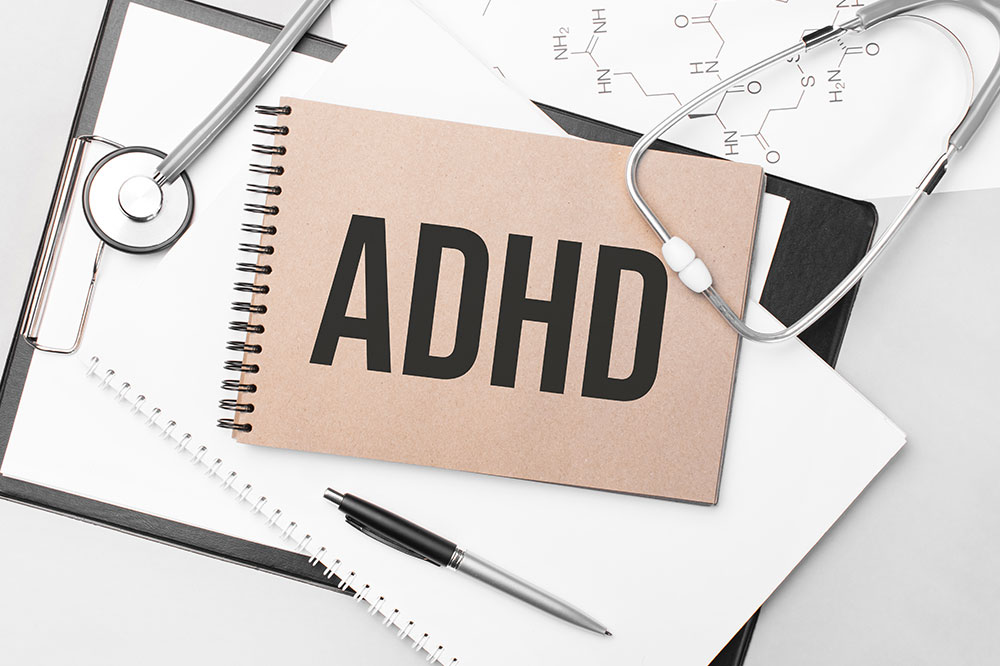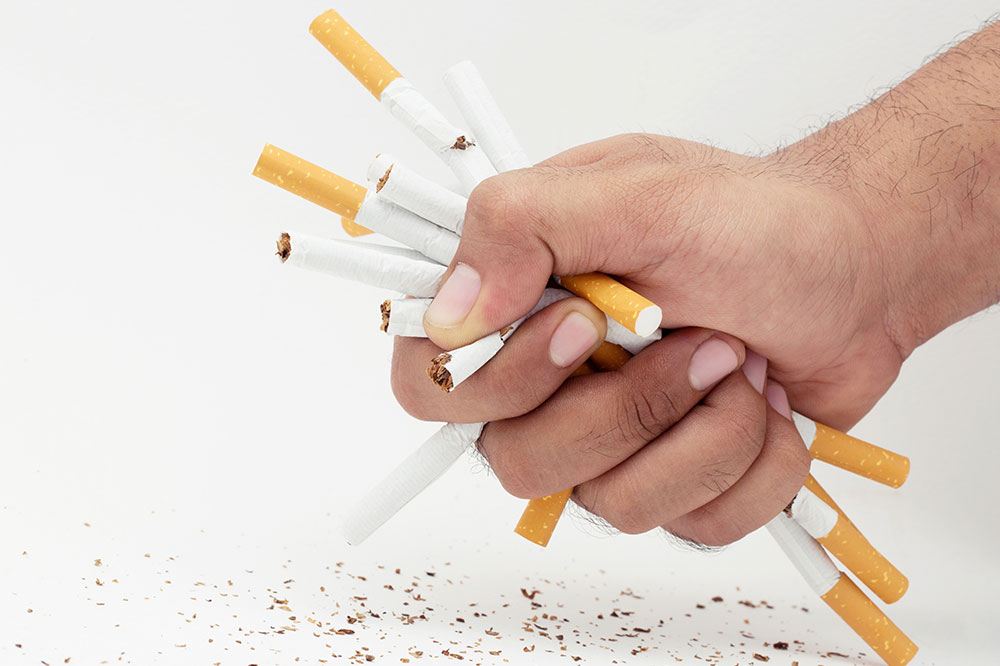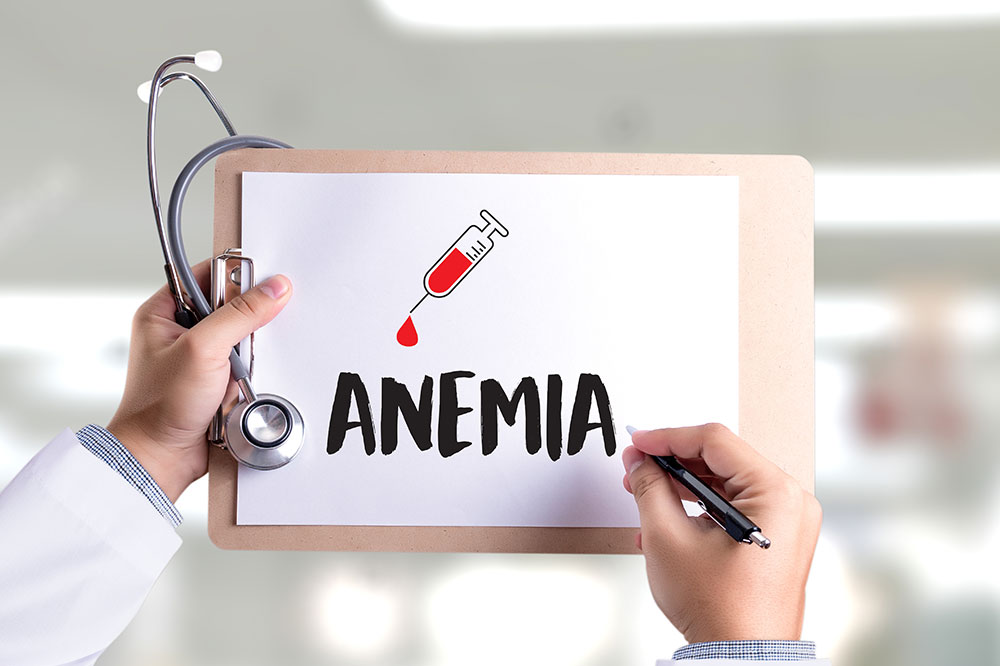10 superfoods that give an instant energy boost

Along with exercising, getting enough sleep, and keeping the body hydrated, it is also important to eat the right kinds of foods to maintain high energy levels throughout the day. One must maintain energy levels to stay focused, effective, and healthy. Several nutritious foods can keep you energized and focused without causing a crash. This article discusses 10 energy-boosting foods to include in your meal plan. Read on to learn more.
Foods that can boost your energy
Coffee and other caffeinated drinks can temporarily boost energy but frequently cause a crash later. Fortunately, many nutritious foods can offer a steady source of energy all day long. The following are some of the top foods that can boost your energy:
Oatmeal
Complex carbohydrates like oatmeal offer a stable source of energy. Additionally, it has a lot of fiber, which helps control blood sugar levels and prevent energy slumps.
Nuts
Nuts are a great energy-boosting snack because they contain protein, good fats, and fiber. Particularly beneficial choices include cashews, pistachios, and almonds.
Fatty fish
Omega-3 fatty acids, crucial for brain function and energy production, are abundant in fatty fish like salmon, tuna, and mackerel.
Eggs
Eggs are a fantastic source of protein and are a complete source of all the vital amino acids your body requires to build energy.
Berries
Berries are rich in antioxidants, which support healthy blood flow and reduce inflammation. They are excellent snacks for long-lasting energy because they are also low in sugar.
Leafy greens
Vegetables rich in vitamins and minerals that boost energy generation include spinach, kale, and collard greens.
Sweet potatoes
The sweet potato is a complex carbohydrate with a steady energy supply. Additionally, they include a lot of fiber, vitamins, and minerals that support energy generation.
Green tea
Green tea is considered one of the best natural remedies for managing various health conditions. It has a high mineral and antioxidant content, which helps improve one’s metabolism and is beneficial in controlling irregular cell growth.
Chia seeds
Chia seeds are one of the best vegetarian sources of omega-3 fatty acids. They are also rich in fiber and protein, and their high antioxidant content helps fight off free radical damage.
Water
Drinking enough water will help you stay energized all day long. Drink plenty of water and avoid sugary beverages as much as possible to avoid energy crashes.
By incorporating energy-boosting foods in your meal plan, you may maintain consistent energy levels throughout the day without experiencing the crash resulting from caffeine and other stimulants.
Foods to avoid
Maintain consistent energy levels throughout the day by avoiding these energy-draining foods. Here are some foods to stay away from that can deplete your energy:
Processed foods
Foods with a lot of sugar, refined carbs, and artificial substances might tire you, causing blood sugar to surge and plummet.
Coffee
Although they might temporarily raise energy levels, caffeinated drinks can cause dehydration and interfere with sleep cycles, lowering energy levels.
Foods that are high in sodium
Foods high in sodium can cause bloating and water retention, making you feel tired and low energy.
Also, avoiding foods that deplete your energy will help prevent fatigue and energy collapses. You may enhance your general health and well-being, feel more energized and productive throughout the day, and do so by making these modifications.






